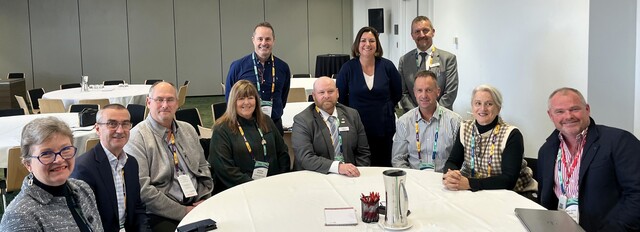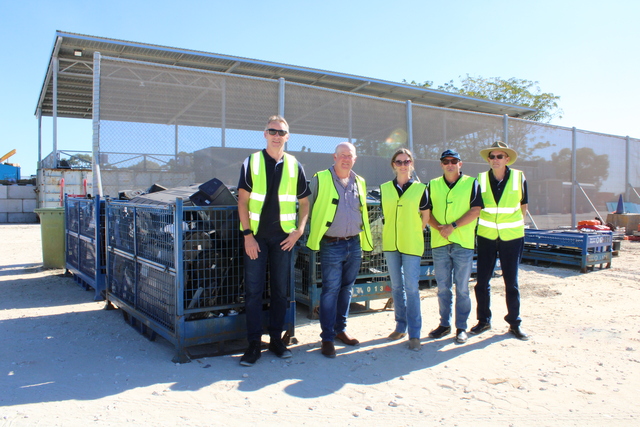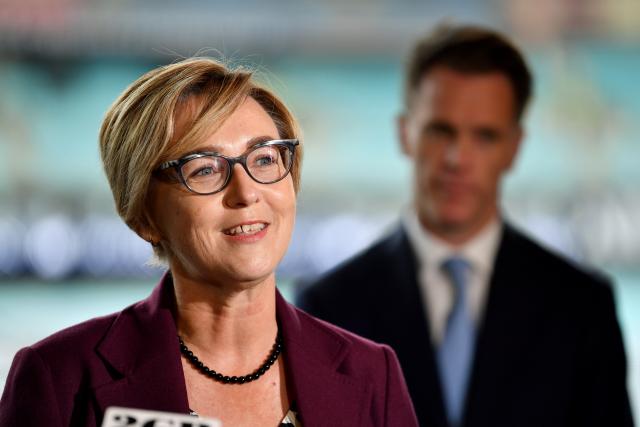With the Year of Women in Local Government officially launched on 20 January, we are sure to see more promotion and encouragement of women being involved in councils than we have ever seen before.
The primary focus for the year is to raise awareness of the opportunities for, benefits of, and need for increasing the participation of women in leadership and management roles within Local Government, including both elected representatives and paid personnel. However, we must bear in mind that while over the last five years or so, there has been no shortage of activity to promote the participation of
women into executive and elected leadership roles, statistics show there has been little improvement in the representation of women.
Women still account for less than 30 per cent of councillors,
20 per cent of senior managers and only seven per cent of CEOs.
With this in mind, councils must think outside the square and become more innovative in their approach. They also need to look beyond getting women through the door and on the payroll and plan for the long term.
It is not just a case of ensuring gender equality and fair treatment. For Local Government it is about maintaining a true representation of the communities they are there to represent.
There is also a real business case for promoting workplace diversity by increasing the participation of women in executive and elected leadership roles.
Women are widely viewed as strong communicators and collaborators, they build strong working relationships and are creative in their approach to problem solving and responding positively to unforeseen shifts in the external environment.
A number of US studies have found that a critical mass of women in senior business roles made a significant difference in gross sales revenue, market share and overall net operating profits.
Perhaps more pressing, though, is that councils are increasingly competing with all organisations – public and private – for viable candidates. As more and more baby boomers retire, councils must make themselves as attractive and welcoming to the largest possible pool of candidates.
Existing social research generally points to home, children and family commitments as the key factors preventing women from taking on senior management roles, if any role at all. But councils should be digging deeper and conducting more research into women in their own workplaces.
All senior management should be asking their staff what would make them more likely to consider a senior role, and what would alleviate some of the pressure in taking that role on.
In terms of elected representation, however, it may not just be a matter of getting female candidates to stand for election, but getting voters to support them.
In a recent article in the Central Western Daily newspaper (24 January 2010), Orange Councillor Fiona Rossiter said she believes women don’t tend to support women.
Councillor Rossiter is the only female of 12 Orange City councillors. She told the Central Western Daily that during her campaign she was approached by several men that said they had voted for all the women, but she never heard of women voting for all women to help lift their representation.
In his article in the Commonwealth Journal of Local Governance (May 2009), Graham Sansom explored the option of quota electoral systems, like those operating in Uganda, India and elsewhere to accelerate progress towards gender equality.
Under such a system, we would see a number of reserved seats for women and disadvantaged groups. The theory is that women would then feel empowered to take part in the political process, and thus further inspired to make real change. Regardless of whether this happens, at least it would guarantee a true and balanced representation of the community.
The Federal Government has provided $490,000 in funding for a range of projects to help improve the participation of women in the nation’s councils.
It is now up to councils to ensure that money is well spent and that the impacts are long lasting, well beyond 2010.







